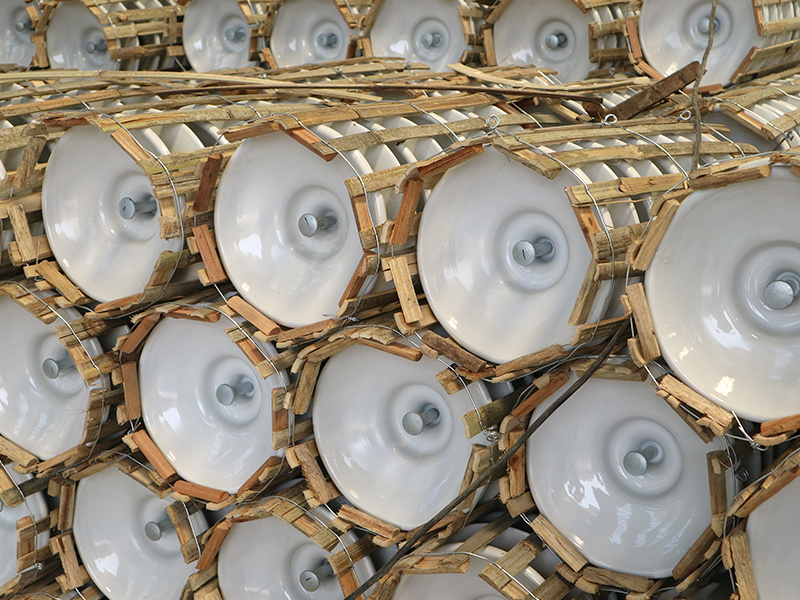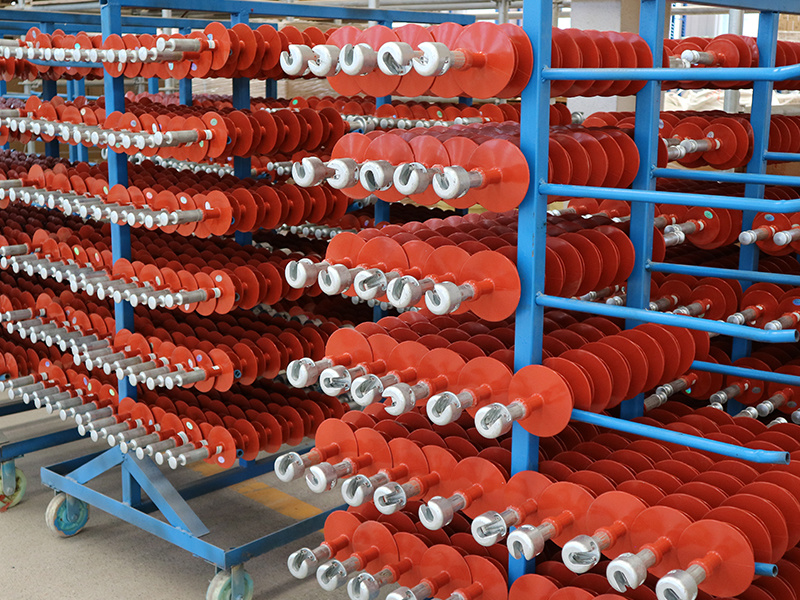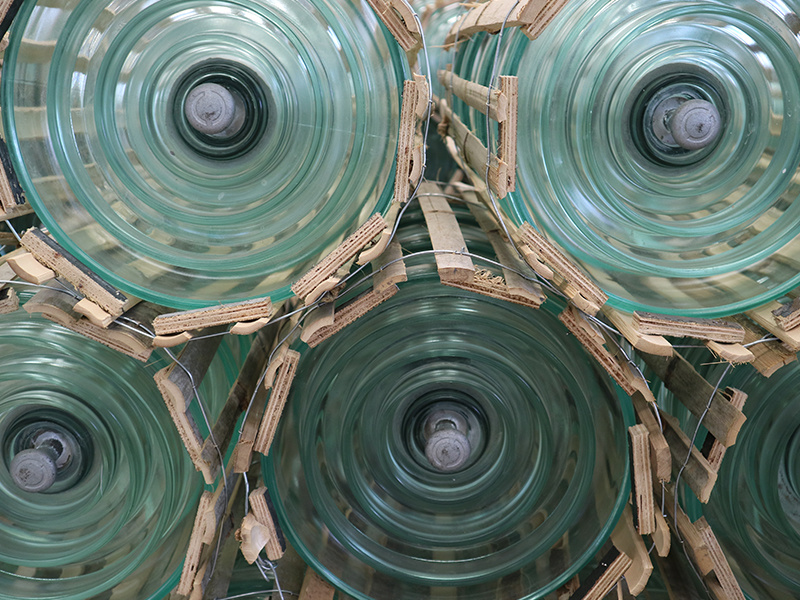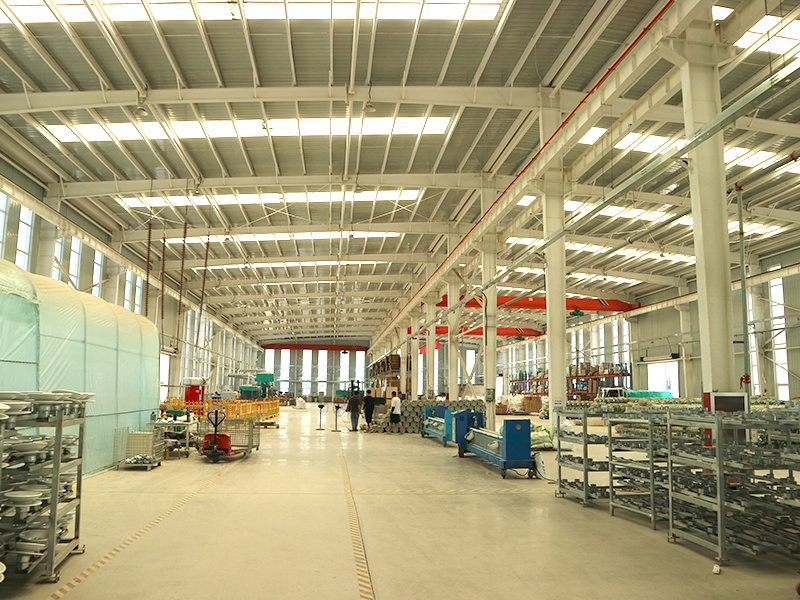Technical characteristics and performance advantages of glass insulators
Self explosion warning mechanism
After special treatment, tempered glass forms a permanent compressive stress layer on its surface. When internal defects occur or insulation performance decreases, the compressive stress layer will rupture, causing the insulator to "self destruct". This feature enables line patrol personnel to quickly locate faults and avoid sudden accidents caused by hidden defects in traditional insulators.
High strength and lightweight
The mechanical strength of tempered glass is twice that of porcelain insulators, and its electrical breakdown resistance is 3-4 times higher.
At the same voltage level, glass insulators are 30% -50% smaller in size and weight than ceramic insulators, significantly reducing tower loads and material costs.
Excellent environmental resistance performance
Cold and hot shock resistance: The surface stress layer of tempered glass can resist sudden temperature changes from -40 ℃ to+200 ℃, and is suitable for extreme environments such as deserts and polar regions.
Strong anti pollution flashover ability: The leakage distance of standard disc-shaped suspension insulators can reach 320mm, and the anti pollution type can reach 545mm. Combined with self-cleaning umbrella edge design, it reduces the risk of pollution accumulation and arc crossing.
Vibration fatigue resistance: Under dynamic loads such as wind vibration and wire dancing, the fatigue life of glass insulators is 2-3 times longer than that of ceramic insulators.
Stable electrical performance
The tangent value of glass dielectric loss angle (tan δ) is only one-third of that of porcelain, reducing electrical energy loss.
The uniformity of voltage distribution is better than that of ceramic insulators, and the flashover voltage in series is increased by 10% -15%, reducing radio interference and corona losses.
Keywords:
Next Page:
Recommended
Ceramic insulators are insulators made of ceramic materials such as alumina.









